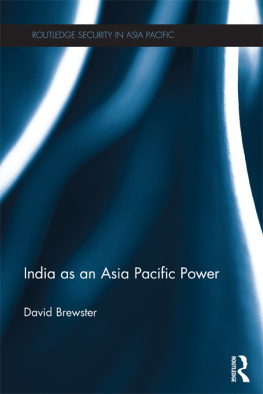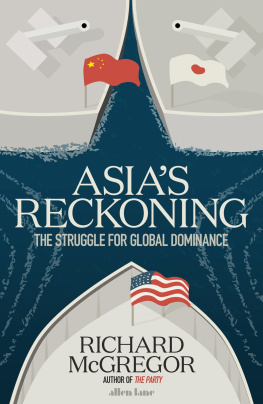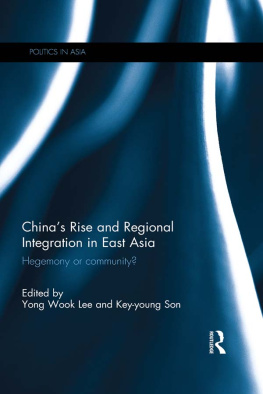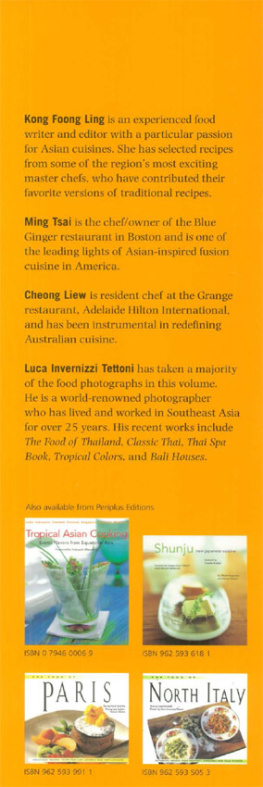
The Jossey-Bass Business & Management Series
Copyright 2012 by John Wiley & Sons, Inc. All rights reserved.
Published by Jossey-Bass
A Wiley Imprint
One Montgomery Street, Suite 1200, San Francisco, CA 94104-4594www.josseybass.com
No part of this publication may be reproduced, stored in a retrieval system, or transmitted in any form or by any means, electronic, mechanical, photocopying, recording, scanning, or otherwise, except as permitted under Section 107 or 108 of the 1976 United States Copyright Act, without either the prior written permission of the publisher, or authorization through payment of the appropriate per-copy fee to the Copyright Clearance Center, Inc., 222 Rosewood Drive, Danvers, MA 01923, 978-750-8400, fax 978-646-8600, or on the Web at www.copyright.com. Requests to the publisher for permission should be addressed to the Permissions Department, John Wiley & Sons, Inc., 111 River Street, Hoboken, NJ 07030, 201-748-6011, fax 201-748-6008, or online at www.wiley.com/go/permissions.
Limit of Liability/Disclaimer of Warranty: While the publisher and author have used their best efforts in preparing this book, they make no representations or warranties with respect to the accuracy or completeness of the contents of this book and specifically disclaim any implied warranties of merchantability or fitness for a particular purpose. No warranty may be created or extended by sales representatives or written sales materials. The advice and strategies contained herein may not be suitable for your situation. You should consult with a professional where appropriate. Neither the publisher nor author shall be liable for any loss of profit or any other commercial damages, including but not limited to special, incidental, consequential, or other damages. Readers should be aware that Internet Web sites offered as citations and/or sources for further information may have changed or disappeared between the time this was written and when it is read.
Jossey-Bass books and products are available through most bookstores. To contact Jossey-Bass directly call our Customer Care Department within the U.S. at 800-956-7739, outside the U.S. at 317-572-3986, or fax 317-572-4002.
Wiley publishes in a variety of print and electronic formats and by print-on-demand. Some material included with standard print versions of this book may not be included in e-books or in print-on-demand. If this book refers to media such as a CD or DVD that is not included in the version you purchased, you may download this material at http://booksupport.wiley.com. For more information about Wiley products, visit www.wiley.com.
Cover images by Thinkstock
Library of Congress Cataloging-in-Publication Data
Global strategies for emerging Asia / Anil K. Gupta, Toshiro Wakayama, U. Srinivasa Rangan, editors. 1st ed
p. cm.
Includes bibliographical references and index.
ISBN 978-1-118-21797-9 (hardback); ISBN 978-1-118-28235-9 (ebk.); ISBN 978-1-118-28322-6 (ebk.); ISBN 978-1-118-28440-7 (ebk.)
1. AsiaCommerce. 2. International business enterprisesAsia. 3. AsiaForeign economic relations. 4. AsiaEconomic policy21st century. 5. AsiaEconomic conditions21st century. I. Gupta, Anil K. II. Wakayama, Toshiro. III. Rangan, U. Srinivasa.
HF3752.3.G55 2012
337.5dc23
2012008075
Dedicated to our childrenthe creators and shapers of the future:
Anjali, Meili, and Rahul Gupta
Naomi Wakayama
Raghu and Sridhar Rangan
Preface
The idea for this book originated at Leveraging Megatrends for Global Advantage: Delivering High Impact Executive Insights Grounded in Academic Rigor, a conference held in Tokyo in December 2010 and organized by the Center for Global Communications (Glocom), International University of Japan. A central theme of the conference was that the rise of emerging markets is changing the structure of the global economy more profoundly and more rapidly than at any other time in human history. Within this broader phenomenon, the rise of emerging Asia forms the center of gravity of the structural changes under way.
The conference was aimed at both managers and scholars. The intent was to open a dialogue between senior managers wrestling with immense global business challenges on the ground and academics trying to make sense of them. Given the high quality of the papers presented at this conference and the high quality of the discussions they generated, we concluded that some of the papers could constitute a wonderful book targeted at managers and business students. This book is the product of significant further work by the selected authors toward making each chapter not only richer (with more detail and deeper analysis) but also easier to read.
The book consists of nine focused chapters, each addressing a central question, plus a concluding chapter that pulls together and summarizes the central ideas emerging from the nine chapters as a set.
In Chapter One, Anil Gupta and Haiyan Wang argue that given the size and growth rates of emerging economies, ignoring or even giving peripheral treatment to these markets is no longer a viable option for most companies. They do so at grave peril to their own future. Rooted in this premise, the authors discuss how the changing structure and dynamics of the global economy will determine the characteristics of the global enterprises that emerge as the new winners or survivors ten years from now. The four building blocks of their analysis are the need to rethink global strategy, the need to rethink global innovation, the need to rethink global organization, and the need to keep globalizing the corporate mind-set.
In Chapter Two, Niraj Dawar and Charan Bagga start by highlighting two broad trends in todays global economy: domestic consumption in the emerging economies is gathering steam, and trade between emerging markets is ready to boom. Building on this observation, they ask: Can the conventional business model serve the new consumers in emerging markets? If not, what needs to change? They go on to examine the implications of these two trends and set out an agenda to prepare multinational corporations for the new world trade order.
In Chapter Three, Toshiro Wakayama, Junjiro Shintaku, Tomofumi Amano, and Takafumi Kikuchi present a detailed analysis of Panasonics evolutionary history in China. They note that in its nearly twenty-five years of presence in China, Panasonic has gradually developed local capabilities through multiple phases, having increasingly addressed deeper localization enabled by more extensive cross-border integration of its home-grown resources and capabilities. Based on this analysis, they conclude that the best way to manage the apparent tension between the need for local adaptation and that for global integration is to view the two as synergistic rather than antagonistic. Deeper localization invites greater global integration, which in turn enables yet deeper localization.
In Chapter Four, Junjiro Shintaku and Tomofumi Amano examine how developed country multinationals can successfully compete against low-cost competitors in emerging markets. Starting with a number of examples that illustrate what they term the emerging market dilemma, Shintaku and Amano present a detailed analysis of how Honda took on and beat low-cost competitors from China in the Vietnamese motorcycle market. One of their important conclusions is that, in emerging markets, cutting prices regardless of other considerations is not always a good idea. Reducing prices without trying to understand the market is unlikely to lead to long-term success. Customers gradually learn about the products and the technologies, and their buying behavior follows not only their budget but also their level of product knowledge.
Next page









